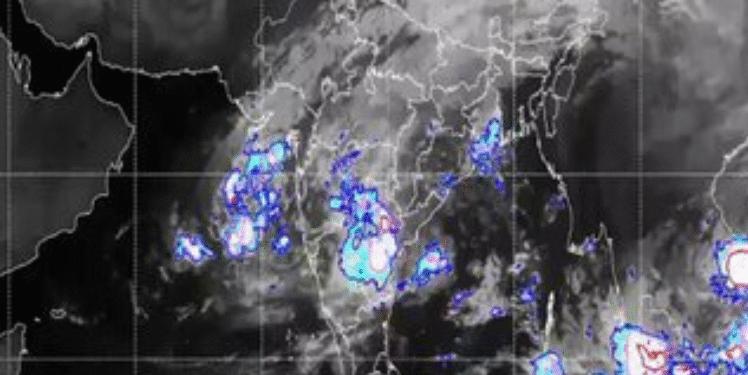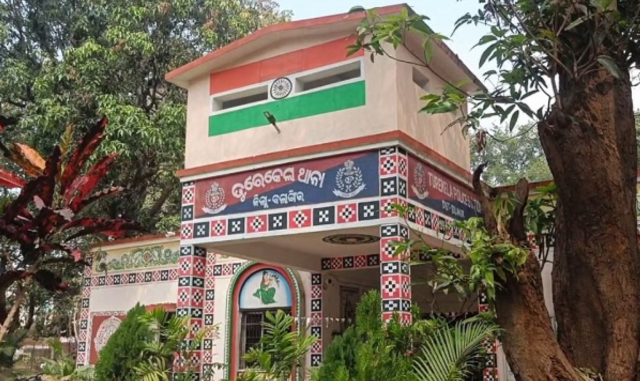Cyclone Montha slammed into the coast near Kakinada on October 28, bringing torrential rain, fierce winds, and widespread destruction across coastal Andhra Pradesh and southern Odisha.
In Andhra Pradesh, strong winds uprooted a palmyra tree that fatally struck a 43-year-old woman in Makanagudem village, Konaseema district. Officials confirmed flooding in multiple areas and reported extensive crop damage. According to preliminary estimates, Montha destroyed standing crops across 38,000 hectares and damaged horticultural produce over 1.38 lakh hectares.
Meanwhile, rainfall intensified in southern and southwestern sectors of the cyclone. Kavali recorded 24 cm, while Singarayakonda, Podili, Parchur, Chinaganjam each saw 22 cm, and Ongole received 21 cm. Visuals from these regions revealed river breaches that resembled sea incursions.
As Montha moved north-northwest at 15 km/h, it weakened into a deep depression. The India Meteorological Department (IMD) predicted further weakening and warned of heavy rainfall in Telangana, Chhattisgarh, Madhya Pradesh, Uttar Pradesh, Bihar, and eastern Nepal through October 31.
In Odisha, authorities issued red alerts for Rayagada, Koraput, Malkangiri, Nabarangpur, and Kalahandi. They placed Gajapati, Kandhamal, Balangir, and Nuapada under orange alert, while 20 other districts received yellow warnings. Landslides and wall collapses injured residents in Puri and Rayagada.
Rescue teams from NDRF and Fire Services evacuated more than 76,000 people, including 2,198 pregnant women. Chief Minister Mohan Charan Majhi reviewed the situation and reiterated the government’s commitment to achieving zero casualties.
RELATED STORY: Cyclone Montha Brushes Past Odisha: 33 Blocks, 11 Urban Areas Affected





























